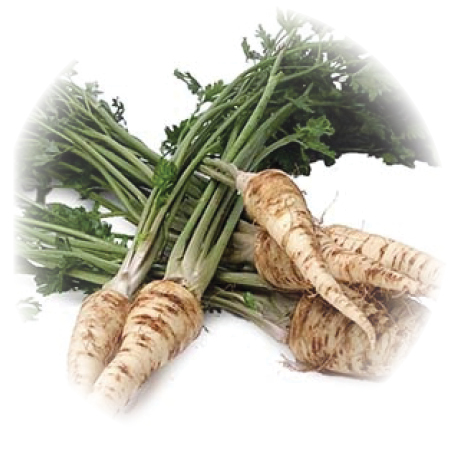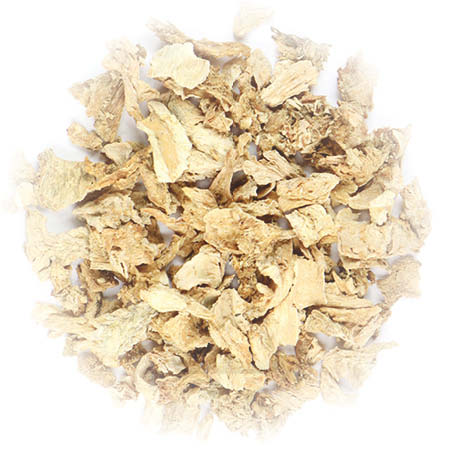Parsley Root (Petroselinum crispum) – Dried Herb, Organic
$20.37 – $203.70
Parsley, or Garden Parsley as it is also known, is a biennial or short lived perennial in cooler climates. It has bright green, feather-like leaves, typically 30-45cm tall and produces petite whitish-yellow blossoms that grow in lacy flat-topped clusters in the classic umbel shape. Parsley flowers appear in the plant’s second year of growth after bolting occurs, usually during midsummer. Parsley is in the Apiaceae or Umbelliferae family, which is mostly aromatic flowering plants that produce umbel shaped flowers.
The plant family includes celery, carrot, anise fennel and dill. Parsley is native to the central and eastern Mediterranean but has naturalized throughout temperate climates worldwide. The name “parsley” comes from the Greek word petroselinon, meaning rock celery, because it thrives on rocks and walls. Parsley contains several important nutrients, such as vitamins A, K and C; and is a good source of the minerals including calcium, iron, magnesium and potassium.
Parsley Leaf is entirely edible from root to seed and has been eaten as food, especially the tastier root. Tthe whole plant has been used in culinary dishes and as a condiment and garnish for at least for at least 3,000 years. Parsley is thought to have originated in Sardinia and to have spread across Europe by the 15th century. For hundreds of years or longer Parsley has been known for its traditional properties in Ayurvedic medicine and traditional European herbalism.
Parsley goes back to Ancient Greece being sacred to Persephone, Queen of the Underworld. The ancient Greeks surrounded their dead with flowers and fragrant herbs in anticipation of the pleasant odours of the Elysian Fields which is the final resting place of souls.
Historically Parsley has been used in treatment of diseases of the prostate, liver and spleen. Parsley has been used to relieve gas and bloating associated with digestive issues but is most used for its diuretic properties. The Parsley Root has a stronger diuretic effect than the leaves, but both were used for gravel, stone and congestion of the kidneys.
Properties:
The taste and energetics of Parsley root are sweet, warm and moist. Parsley root has an affinity to the digestive system, musculoskeletal system, kidneys, bladder, liver, heart, blood, immune system, prostate, uterus and spleen. For the prostate combine with Hydrangea Root, Saw Palmetto or Nettle Root.
How to use:
1 teaspoon of Parley Root to one cup of boiling water. Simmer for 15 minutes, strain and drink up to three cups a day.
Use as a herbal rinse on the skin or scalp.
Parsley is used as a flavouring in sauces, soups, stuffings, rissoles, minces and sprinkled over vegetables or salads.
Cautions & contraindications:
While no major toxicities have been reported it is not recommended for pregnant women to take parsley because of possible uterotonic effects.
This information is for educational purposes only and is not intended to diagnose, treat or cure any disease or illness. Please consult your healthcare provider prior to the use of this product if you are pregnant, nursing, taking medications or have a medical condition. Individual results may vary.


Reviews
There are no reviews yet.